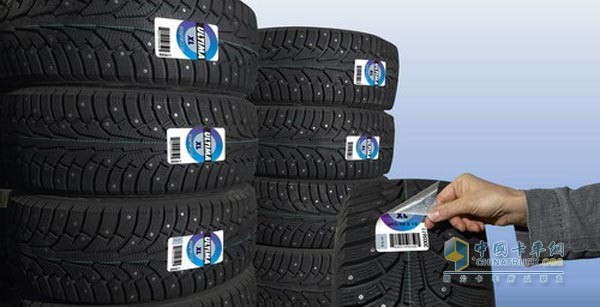A few days ago, at the WTO Technical Barriers to Trade Committee meeting, several WTO members, including China, raised trade concerns related to tire issues. Among them, the focus is on the EU's tire-related regulatory measures, and questioned the scientific basis of the EU tire testing methods, and stressed that if this method will increase the cost of the relevant manufacturers. It can be seen from the tire labeling regulations formulated by the European Union that starting from November 1, 2012, the European Union requires that tires for passenger cars, light trucks, trucks, and buses that are sold within its jurisdiction must be labeled to mark the tires. The level of rolling resistance (ie, fuel efficiency), rolling noise, and wet grip performance allows the final consumer who purchases the tire to have the right to know. Increasing the safety of everyday driving and road transportation by improving fuel efficiency and implementing low-noise safety tires to establish a safer and more economical environment-friendly transportation model was originally a good move. However, during the implementation of this regulation, tests for tire rolling resistance, rolling noise, and wet grip require different equipment and use different methods for extensive testing. Such as the determination of the rolling resistance coefficient, its measurement methods are dynamometry, torque, deceleration, power law, etc., usually need to test the drum and test rims and other equipment. However, regardless of the test method used, the tire rolling resistance value can not exceed the specified limit. If the relevant tire company does not meet the limit or refuses to accept the certification, it will be prohibited from selling in the European Union from January 1, 2014 and January 1, 2016, respectively. Tire rolling noise and wet grip are also the same as rolling resistance. There are corresponding grades and test and judgment methods. Any one of them can not meet the relevant limit requirements, and they may also lose the opportunity to export to EU countries. It seems that these are similar to the EU's regulations that civil aviation fly over its airspace to pay fuel taxes. After all, the tire is a product that is matched with the vehicle. It is not the same as the product identity of the home appliance. The tests required by the European Union are entirely additional tests based on R&D and production. For countries or regions where the relevant standards are different, it is a protective measure that may cause trade friction. If the WTO Committee on Technical Barriers to Trade considers that some members have implemented measures that are not in conformity with the Agreement on Technical Barriers to Trade, WTO members have the opportunity to raise trade concerns. This is the case with the questions raised by China and other members. Mini Fiber Laser Marking Machine Small Fiber Laser Marking Machine, laptop Fiber Laser Marking Machine Feiquan Laser Technology Wuxi Co., Ltd. , https://www.fq-lasers.com
Is the EU labelling law an environmental protection measure or a trade barrier?